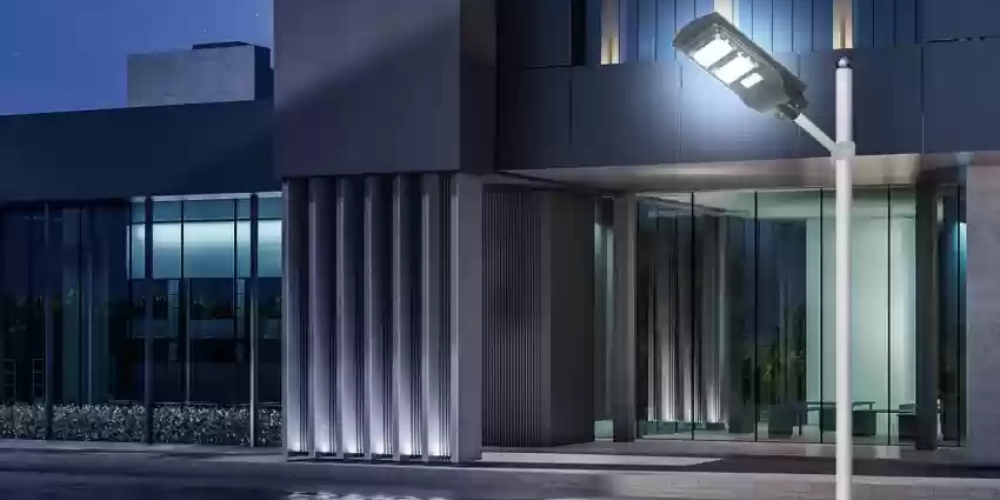what are you looking for?
ABS and PS plastics are chosen for solar light manufacturing due to their unique properties. ABS is known for its excellent toughness, heat resistance, and impact resistance. It can withstand temperature fluctuations without significant deformation, making it ideal for SLD outdoor solar powered lights that are exposed to the elements. On the other hand, PS is lightweight and has good transparency, which can be beneficial for solar light covers that require light transmission. However, PS is less resistant to impact and lower temperatures, which can affect the durability of solar lights in harsh conditions.
The manufacturing processes for ABS and PS also play a vital role in determining the durability of solar lights. Injection molding is a common technique used for both materials, allowing for the creation of complex shapes and designs. The process involves melting the plastic and injecting it into a mold, where it cools and solidifies. For ABS, this process can produce parts with high structural integrity, contributing to the overall robustness of the solar light. For PS, the molding process must be carefully controlled to avoid warping or brittleness, which can compromise the light’s durability.
The outdoor environment subjects Solar Lights Do lamps to a range of weather conditions, from scorching sun to heavy rain and freezing temperatures. ABS’s superior resistance to UV rays, chemicals, and weathering makes it a preferred choice for the outer casings of solar lights, ensuring that they remain functional and aesthetically pleasing over time. PS, while clear and lightweight, may yellow or become brittle under prolonged exposure to sunlight, potentially reducing the lifespan of the solar light.

Proper maintenance can extend the life of solar lights made from ABS and PS. For ABS, regular cleaning to remove dirt and debris that can affect light output and solar panel efficiency is recommended. Since ABS is less prone to environmental damage, it requires less frequent replacement. PS components may need more frequent replacement due to their susceptibility to yellowing and cracking. However, with proper care, both materials can serve well in solar light applications fro an extended period.
In short, the choice between ABS and PS for solar light manufacturing is a balance between desired properties such as durability, cost, and aesthetics. Understanding the impact of these materials on solar light durability is essential for manufacturers aiming to produce reliable and long-lasting solar lighting solutions.

Xiamen SLD Technology Co., Ltd
 Chengyi North Street, Software Park 3, Jimei District, Xiamen Fujian, China
Chengyi North Street, Software Park 3, Jimei District, Xiamen Fujian, China +86 188 5929 8629
+86 188 5929 8629 sales@solarlightsdo.com
sales@solarlightsdo.com Blog | Sitemap | XML | Privacy Policy
Blog | Sitemap | XML | Privacy Policy

